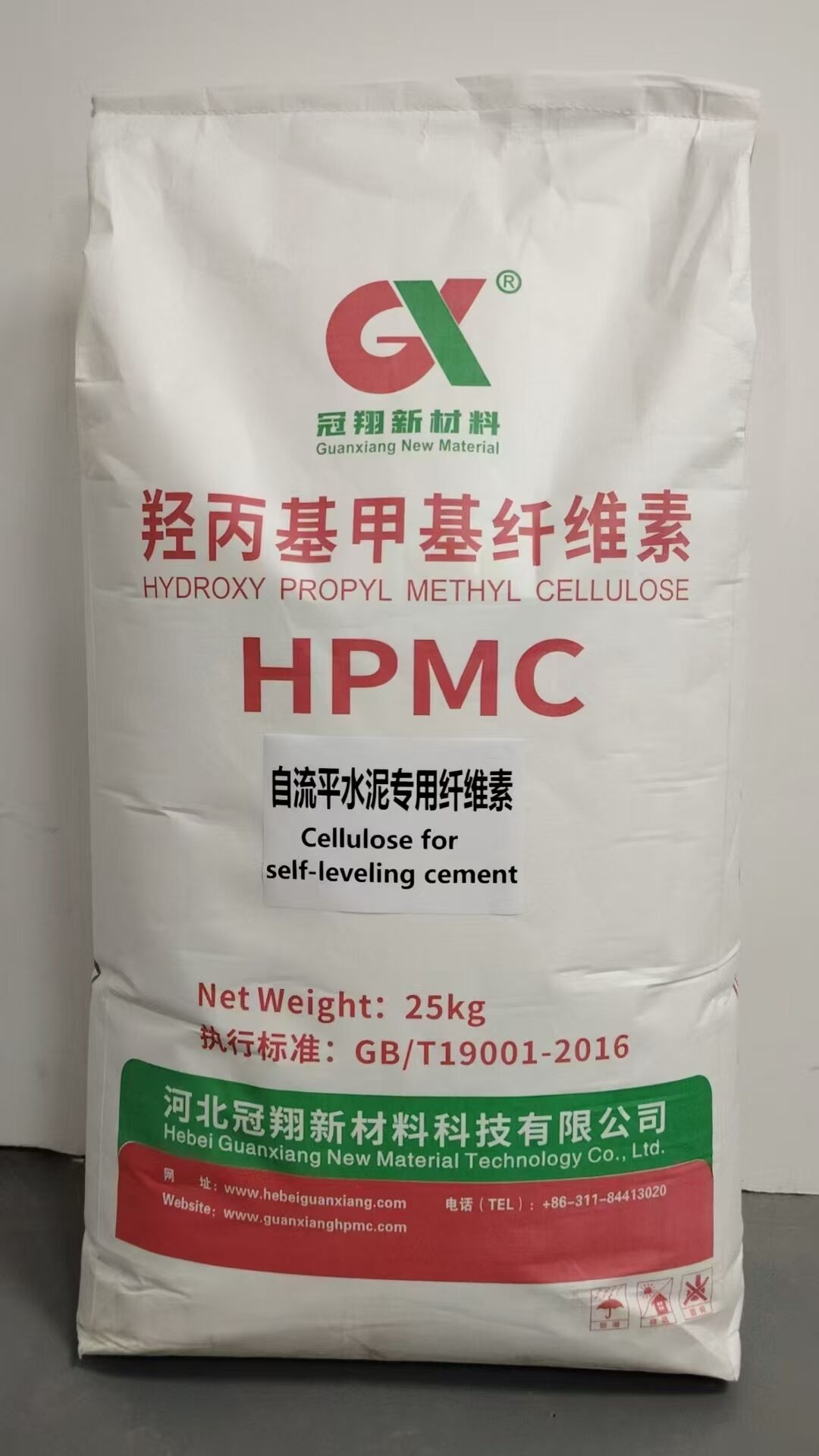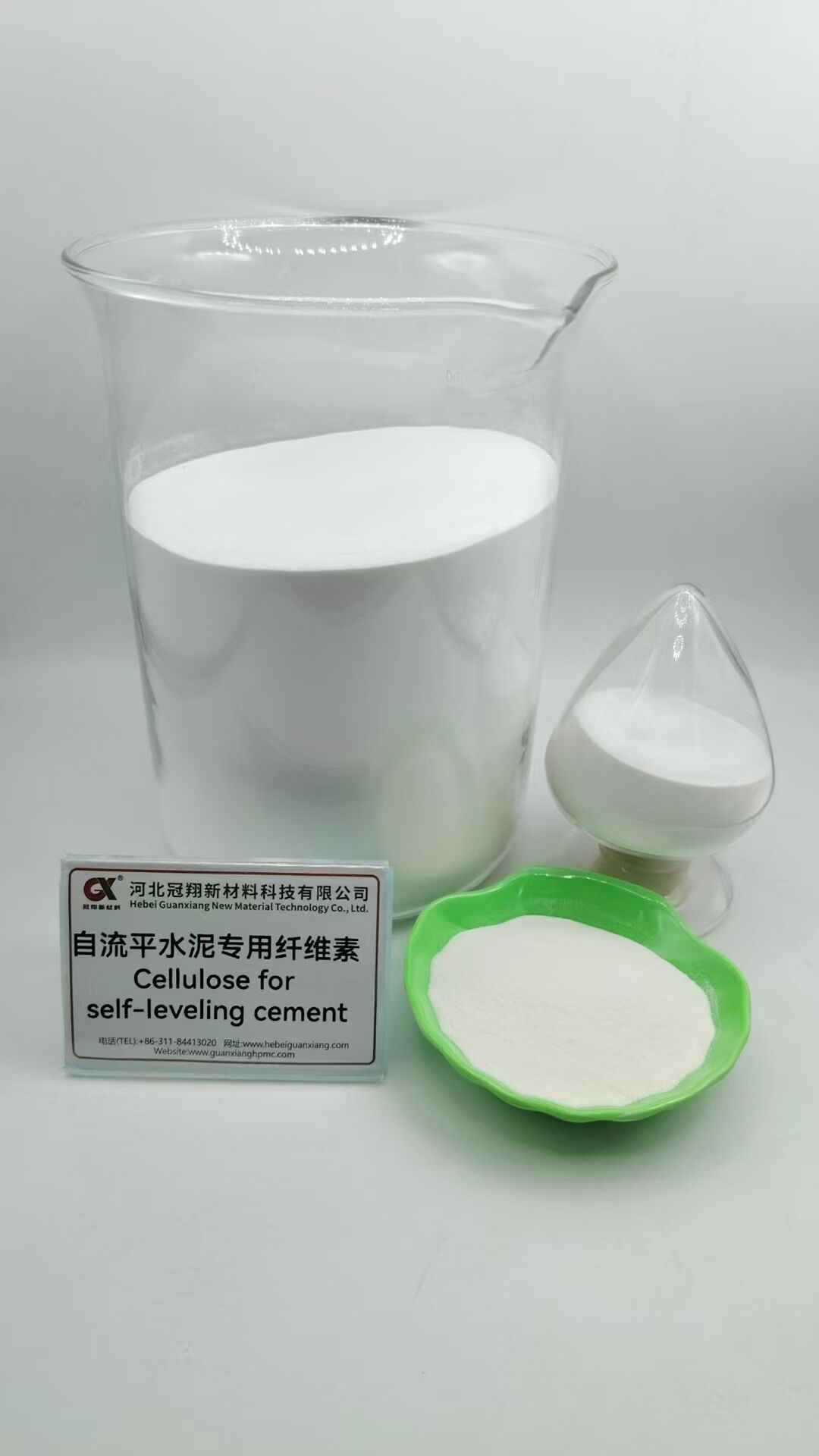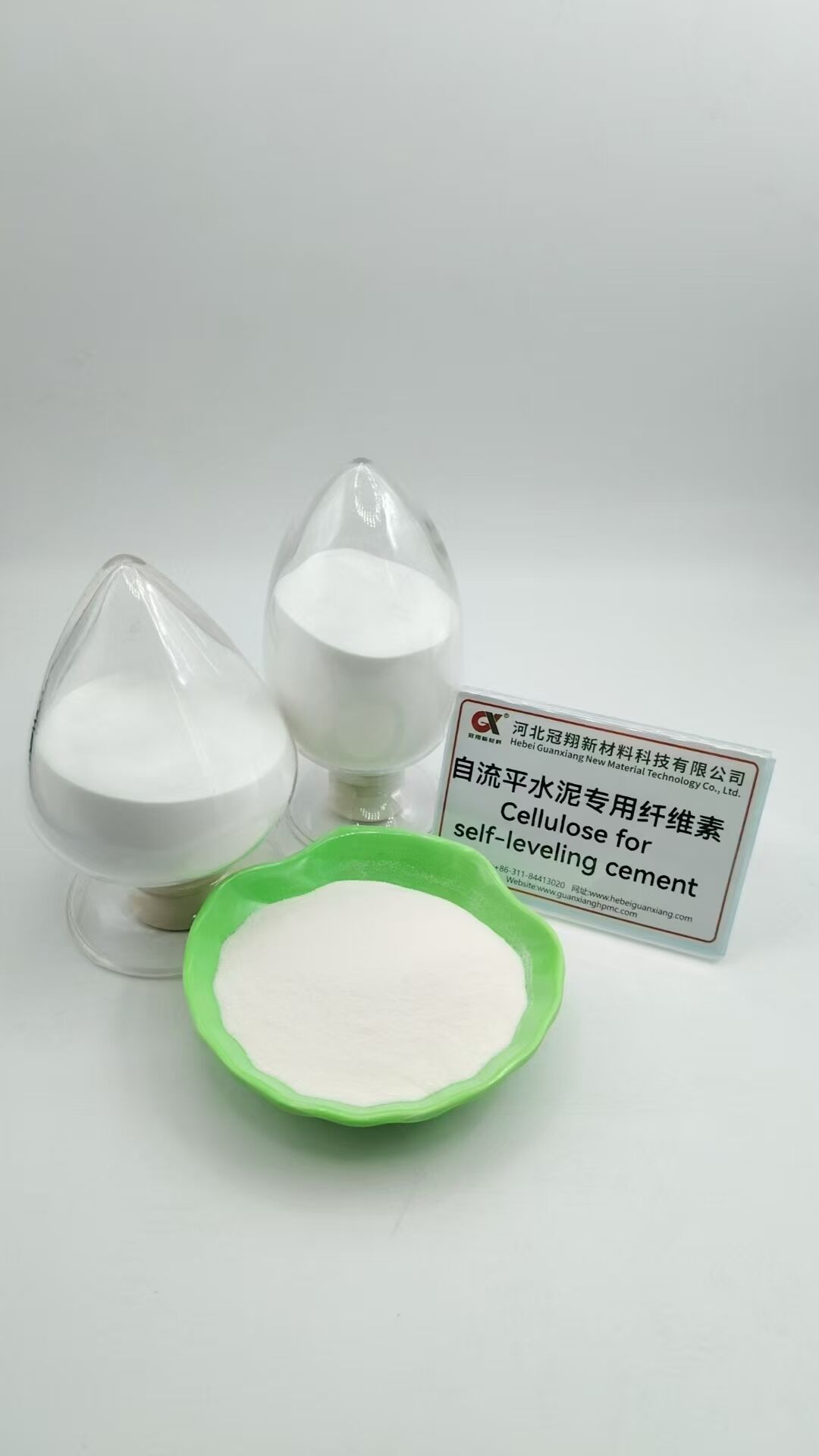hpmc hpmc for selfleveling cement
HPMC (Hydroxypropyl Methylcellulose) for self-leveling cement is a crucial additive that revolutionizes the performance and workability of cement-based flooring systems. This specialized chemical compound functions as a high-performance water-retention agent and rheology modifier, ensuring optimal flow characteristics and stability in self-leveling applications. The technology behind HPMC enables the creation of smooth, flat surfaces without manual troweling, making it indispensable in modern construction projects. When incorporated into self-leveling cement mixtures, HPMC helps maintain proper water distribution throughout the mixture, preventing water separation and ensuring consistent curing. Its unique molecular structure allows for excellent water retention while promoting proper flow characteristics, resulting in a perfectly level surface once cured. The material's technical specifications typically include controlled viscosity, superior water retention capacity, and enhanced workability time, making it suitable for various environmental conditions and application requirements.


